Fiber is essential for our body. Fibers end up in your colon, where healthy gut bacteria feed on them. This has countless health benefits, including lower blood sugar levels and maintaining a healthy weight. In addition, Insoluble fiber is usually digested slowly. This makes you feel full and fastens your bowel movements. Continue reading to learn about fiber-rich foods that will boost your health.
What is fiber?
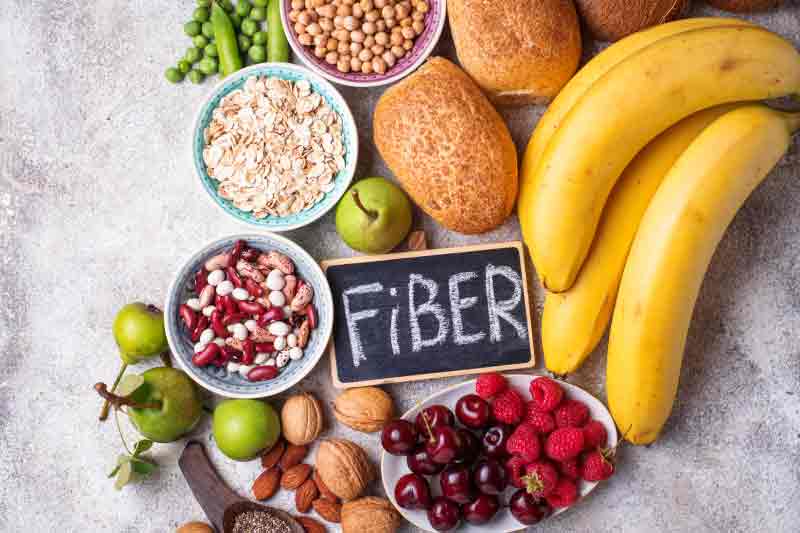
Fiber refers to any type of carbs that cannot be digested, making high-fiber foods a must for your health. Fibers have specific benefits when consumed. Let’s go over the following:
- Maintaining blood cholesterol: Consuming fiber-rich foods adds insoluble fibers to your digestive tract. This helps your body to decrease the amount of cholesterol absorption. Consuming statins and psyllium fiber can help if you want to decrease cholesterol absorption.
- Maintaining a consistent blood-sugar level: Our bodies take a long time to digest high-fiber foods. As a result, high-fiber fruits and vegetables are a boon in disguise to people with diabetes. This will enable you to have stable blood sugar levels.
- Reducing cancer risks: Eating an optimum amount of fiber-rich foods can have positive effects against cancer. Many fiber-rich fruits, like apples, contain pectin, which has antioxidant and anti-inflammation properties.
The daily fiber intake for every adult on a 2000-calorie diet is about 28 grams per day. However, this number varies depending on various factors like age and sex. Let’s understand the factors better below:
- Men under 50 – 31 grams daily intake of fiber.
- Men older than 50 – 28 grams per day.
- Women under 50 – 25 grams of fiber intake per day.
- Women older than 50 – 22 grams per day.
Types of fiber-rich foods
While there are two main types of fiber— soluble and insoluble – several subtypes of fiber foods give you different health benefits. Let’s take a look:
| Types of fiber | Soluble or insoluble | Sources | Health benefits |
| Cellulose, hemicellulose | Insoluble | Nuts, whole wheat, whole grains, bran, seeds, edible brown rice | Reduces constipation, lowers the risk of diverticulitis. |
| Inulin oligofructose | Soluble | Onions and sugar production | Boosts the number of good bacteria in your gut. |
| Lignin | Insoluble | Flax, rye and vegetables | Improves heart health |
| Mucilage and beta-glucans | Soluble | Oats, bran, peas, barley, flaxseed, berries, apples and carrots | Lowers LDL cholesterol and immunity. |
| Pectins | Soluble (some pectins are insoluble) | Fruits, seeds and berries. Also extracted from citrus peels | Slows down the passage of food through your gastrointestinal tract. Helps lower blood cholesterol. |
| Psyllium | Soluble | Extracted from the husk of the Plantago ovata plant. | Prevents constipation and lowers cholesterol. |
| Resistant starch | Soluble | Unripened bananas, oatmeal and legumes. Added in processed foods to boost fiber.
Starch in plant cell walls. |
Helps in weight management, helps control blood sugar levels, and reduces the risk of diabetes. |
High-fiber foods and their importance
Dietary fibers have very few calories, proteins and other nutrients. So, do you want to add high-fiber foods to your diet? That’s great because they are high in dietary fiber. Also known as roughage, this fiber fills your belly and acts as a sponge.
Most dietary fibers are found in plants and, thus, fruits. This fiber creates bulk in the intestines, which improves gut and heart health. These high-fiber foods also protect you against conditions like heart problems and cancer.
5 fiber-rich foods
Fibers have many health benefits, but it’s noteworthy to add them to your diet structurally. Eating many fiber-rich foods can cause digestion problems and excessive gas production. Let’s review 5 fiber-rich fruits and vegetables you can include in your diet:
- Chia seeds: Chia seeds are small, highly nutritious seeds with high magnesium, phosphorus, and calcium levels. Consume 20 grams (2 tablespoons) of chia seeds twice daily, and don’t forget to keep yourself hydrated to reap the maximum benefits.
- Popcorn: Popcorn might be the best snack to increase fiber intake in your diet. A healthy popcorn diet includes 25-30 grams of intake every day. While popcorns are low in calories, eating them in regulation is important.
- Dark chocolate: This entry might come as a surprise as dark chocolates are one of the most delicious foods in the world. However, they also possess several nutrients and anti-oxidant features. Consuming 30-60 grams of dark chocolate daily can benefit your heart. However, consuming more than 60 grams can cause obesity.
- Lentils: Lentils are one of the world’s most nutritious and cheapest foods. They’re full of several nutrients and proteins. Having 60 grams of lentils daily can boost your HDL (good) and keep LDL (bad) cholesterol in check.
- Apples: Apples are among the tastiest and most satisfying high-fiber foods you can consume. Eating one apple each day lowers high blood pressure and cholesterol, and has anti-inflammatory effects. Eating apple peels benefits heart health.
Aid for your digestive system
High-fiber vegetables and fruits are full of dietary fiber, which aids in regular bowel movements. In addition, healthy bacteria in your digestive system eat the fibers to create healthy ingredients such as chain fatty acids. People who eat high-fiber diets experience lower rates of constipation than those on a low-fiber diet. Stay fit by taking the minimum fiber required to keep yourself healthy.
Potential risks of high fiber consumption
According to the USDA (U.S. Department of Agriculture), adults should consume 14 grams of fiber for every 1000 calories of food. While most of us don’t get the recommended daily intake, over-consuming high-fiber foods can cause certain symptoms, including:
- Intestinal gas
- Abdominal bloating
- Constipation
- Cramps near your abdomen
- Feeling too full
- Diarrhea
- Dehydration
- Sudden changes in your weight
- Nausea
- Blockages in your intestines
Too much fiber in your diet can also lead to deficiency in some nutrients, as it can lead to your body rejecting the essential nutrients. This is because fiber reacts with minerals like calcium and iron. To avoid these side effects, make sure you increase your fiber intake slowly in a way where your body gets used to it.
Several types of fiber found in different plants can benefit you differently. However, if you are experiencing the symptoms of high fiber consumption, then visit a doctor immediately.
Key Takeaways
- Fiber helps regulate blood cholesterol and blood sugar levels while also reducing the risk of cancer.
- Chia seeds, dark chocolate, and apples are all rich in fiber.
- Excessive consumption can lead to abdominal bloating, diarrhea, and nausea.
Stay tuned to the Activ Living Community. Keep up to date with the latest health tips and trends through expert videos, podcasts, articles, and much more in nutrition, fitness, mindfulness, and lifestyle conditions like Asthma, Blood Pressure, Cholesterol, and Diabetes. Activ Living ke saath sahi sehat ki shuruaat ABHIkaro.
You may also be interested in the following blogs:
Popular Searches
How to lower blood pressure | Fruits good for liver | Unhealthy foods | Ragi Benefits | Basal Metabolic Rate | Acupressure points for High Blood Pressure | Ayurvedic medicine for blood pressure | How to control cholesterol at home | Homeopathy for Asthma | Biological Age | Home remedies for TB | Natural beta blockers | Negative effects of internet | Types of walking | Blood pressure calculator | Blood sugar calculator | BMI Calculator





 1800-270-7000
1800-270-7000

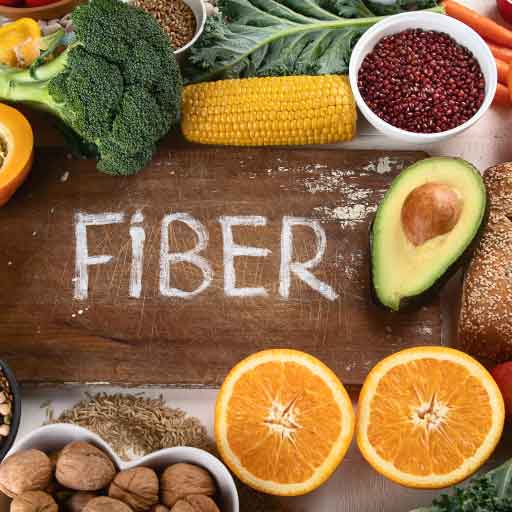
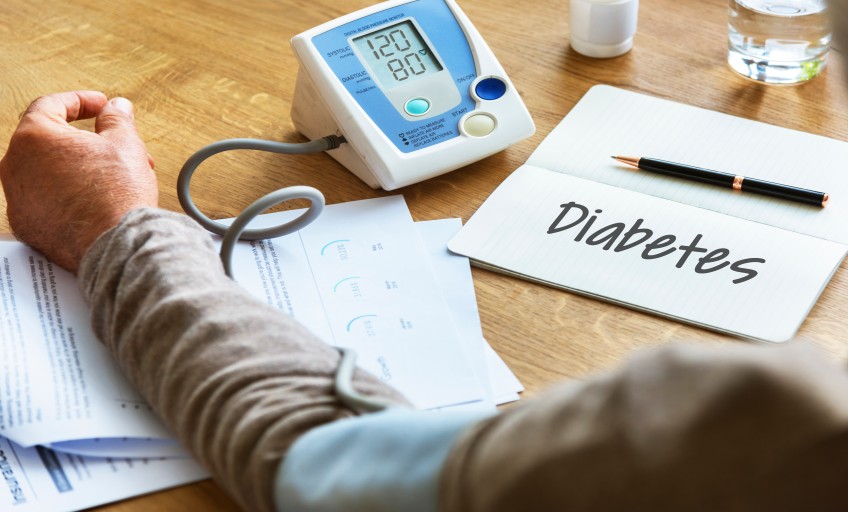
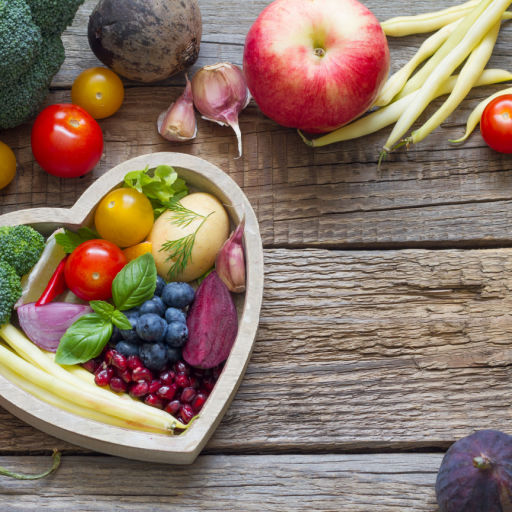


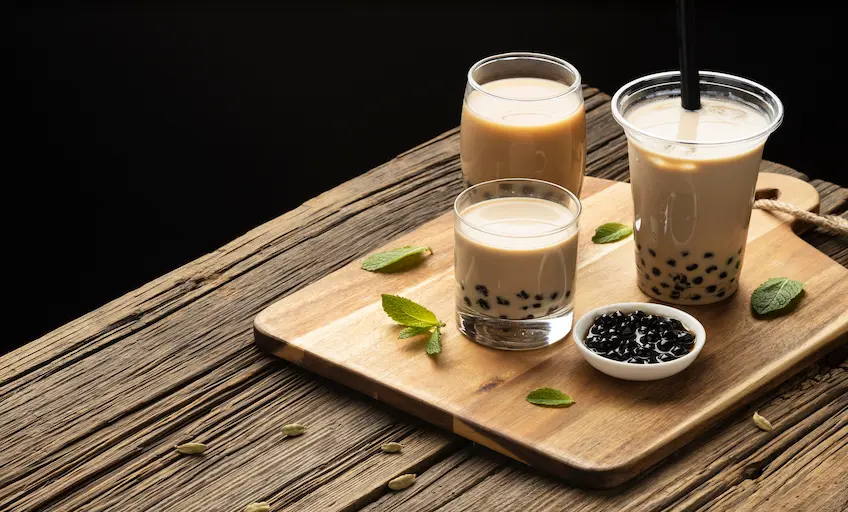
Great post! Gut health plays such a key role in overall wellness. Thanks for the helpful tips!